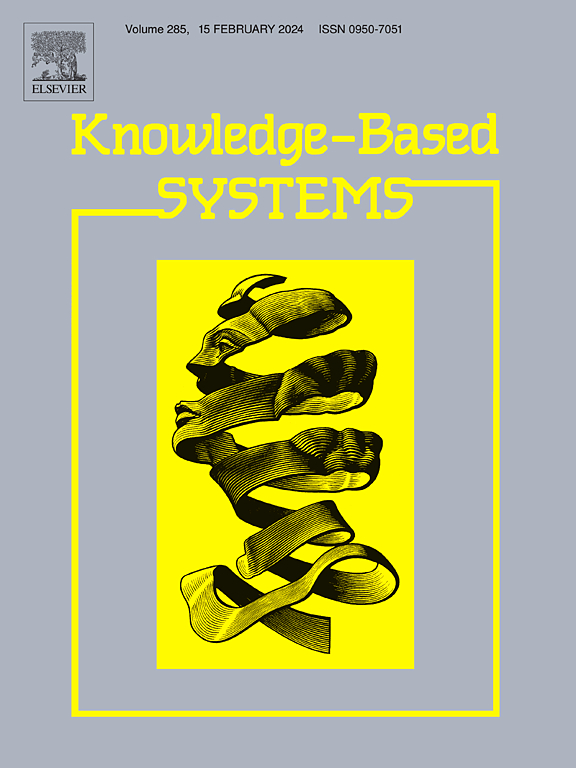Improving quaternion neural networks with quaternionic activation functions
IF 7.2
1区 计算机科学
Q1 COMPUTER SCIENCE, ARTIFICIAL INTELLIGENCE
引用次数: 0
Abstract
In this paper, we propose novel quaternion activation functions where we modify either the quaternion magnitude or the phase, as an alternative to the commonly used split activation functions. We define criteria that are relevant for quaternion activation functions, and subsequently we propose our novel activation functions based on this analysis. Instead of applying a known activation function like the ReLU or Tanh on the quaternion elements separately, these activation functions consider the quaternion properties and respect the quaternion space . In particular, all quaternion components are utilized to calculate all output components, carrying out the benefit of the Hamilton product in e.g. the quaternion convolution to the activation functions. The proposed activation functions can be incorporated in arbitrary quaternion valued neural networks trained with gradient descent techniques. We further discuss the derivatives of the proposed activation functions where we observe beneficial properties for the activation functions affecting the phase. Specifically, they prove to be sensitive on basically the whole input range, thus improved gradient flow can be expected. We provide an elaborate experimental evaluation of our proposed quaternion activation functions including comparison with the split ReLU and split Tanh on two image classification tasks using the CIFAR-10 and SVHN dataset. There, especially the quaternion activation functions affecting the phase consistently prove to provide better performance.
用四元激活函数改进四元神经网络
在本文中,我们提出了新的四元数激活函数,通过修改四元数幅度或相位来替代常用的分割激活函数。我们定义了与四元数激活函数相关的标准,并在此基础上提出了我们的新型激活函数。这些激活函数没有将已知的激活函数(如 ReLU 或 Tanh)单独应用于四元数元素,而是考虑了四元数属性并尊重四元数空间 H。我们提出的激活函数可用于使用梯度下降技术训练的任意四元数神经网络。我们进一步讨论了所提出的激活函数的导数,观察到激活函数影响相位的有利特性。具体来说,它们基本上对整个输入范围都很敏感,因此有望改善梯度流。我们对所提出的四元数激活函数进行了详细的实验评估,包括在使用 CIFAR-10 和 SVHN 数据集进行的两项图像分类任务中与拆分 ReLU 和拆分 Tanh 的比较。结果表明,尤其是影响相位的四元数激活函数始终能提供更好的性能。
本文章由计算机程序翻译,如有差异,请以英文原文为准。
求助全文
约1分钟内获得全文
求助全文
来源期刊

Knowledge-Based Systems
工程技术-计算机:人工智能
CiteScore
14.80
自引率
12.50%
发文量
1245
审稿时长
7.8 months
期刊介绍:
Knowledge-Based Systems, an international and interdisciplinary journal in artificial intelligence, publishes original, innovative, and creative research results in the field. It focuses on knowledge-based and other artificial intelligence techniques-based systems. The journal aims to support human prediction and decision-making through data science and computation techniques, provide a balanced coverage of theory and practical study, and encourage the development and implementation of knowledge-based intelligence models, methods, systems, and software tools. Applications in business, government, education, engineering, and healthcare are emphasized.
 求助内容:
求助内容: 应助结果提醒方式:
应助结果提醒方式:


